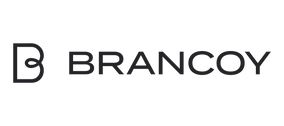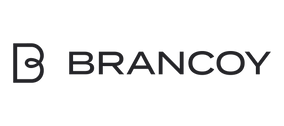Setting up an online store is easy if you choose the right platform, plan your business model, and focus on customer experience. Shopify and WooCommerce are popular choices for aspiring entrepreneurs. A successful online business requires not only technical solutions but also a marketing strategy and customer service. This guide answers key questions about starting and growing an online store.
What does it really take to start an online store in 2024?
Setting up an online store requires a business plan , a technical platform, a product range, and legal clearances. A starting entrepreneur should allocate 2-6 months for launch and a budget of €3,000-€10,000 for complete implementation, depending on the scale.
Technical requirements include choosing an e-commerce platform, integrating a payment system, and defining delivery methods. Modern solutions offer these as ready-made packages, which significantly speed up the launch process.
Legal considerations cover company establishment, VAT registration, and consumer protection law requirements. Online stores must have terms and conditions, a privacy policy, and instructions on the right of withdrawal. GDPR requirements apply to all stores serving EU customers.
A realistic timeline for launching an online store is 3-4 months, including product sourcing, testing, and marketing planning. A faster implementation is possible, but may compromise quality.
What is the best platform for e-commerce, and how do you choose the right solution?
Shopify is best suited for beginners due to its ease of use and comprehensive features. WooCommerce is a good choice for WordPress experts who want more customization options. The choice depends on technical skills, budget, and growth goals.
Shopify offers everything you need in one package: hosting, payment systems, and support. The monthly fee starts at €29, but transaction fees are also applicable. The solution scales well with growing businesses.
WooCommerce is a free WordPress plugin, but it requires a hosting service, and the installation and maintenance of payment systems. The overall costs may be lower, but technical expertise is essential.
Other options include BigCommerce for international stores and Magento for larger companies. Finnish solutions like MyCashflow are well-suited for local businesses that value Finnish-language support.
How to attract customers to your online store and build a successful business?
Customer acquisition is based on content marketing focused on search engine optimization (SEO) and active use of social media. Google Ads and Facebook advertising deliver quick results, but long-term SEO work builds sustainable visibility. Email marketing retains customers and increases sales.
Search engine optimization (SEO) includes optimizing product descriptions, writing blog posts, and managing technical SEO. Local SEO helps businesses find customers in their local area, which is important for stores operating within a specific delivery and service area.
In a social media strategy, Instagram and Facebook work well for visually appealing products, while LinkedIn is suitable for B2B sales. Content should be valuable and authentic, not just sales pitches.
Optimizing customer experience starts with fast website loading and an easy-to-use purchasing process. Accessible customer service, clear product information, and reliable reviews build trust. Retargeting advertising brings back visitors who viewed the site but didn't make a purchase.
What are the most common mistakes when setting up an online store, and how can you avoid them?
The most common mistake is neglecting customer experience at the expense of technical details. Complex purchasing processes, insufficient product information, and poor customer service drive customers away. Another significant problem is starting marketing only after the product is ready for sale.
Technical errors include slow website loading speeds, inadequate mobile optimization, and payment system problems. These lead to shopping cart abandonment and weaken search engine visibility.
Business pitfalls include unrealistic pricing, targeting the wrong customer group, and inadequate cash flow planning. Many beginners underestimate the need for a marketing budget and expect results too quickly.
Successful implementations always begin with a deep understanding of customer needs and testing on a small scale. Gradual growth is more sustainable than rapid scaling without a solid foundation. Regular monitoring of analytics and gathering customer feedback guide development in the right direction.
The success of an online store comes from a balanced combination of technical solutions, customer experience, and marketing. Start with planning, choose a platform that suits your skills, and focus on solving customers' real needs. Digital commerce offers limitless possibilities when the fundamentals are in place.




